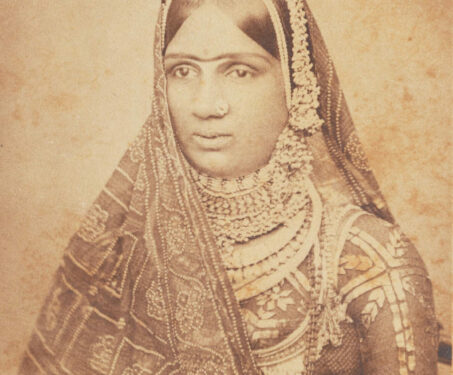

“These women were the Madhuri and Sridevi of their times”
Accomplished Odissi dancer Madhur Gupta narrates the history of India’s courtesans, once the most glamourous celebrities of the land

Accomplished Odissi dancer Madhur Gupta narrates the history of India’s courtesans, once the most glamourous celebrities of the land
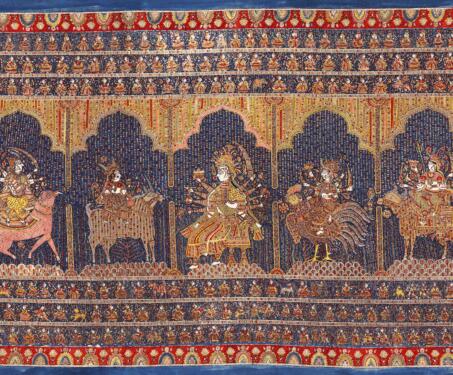
From devotional offering to art, Mata-ni-Pachedi has continued to take new forms. We outline a brief history of this textile tradition and a community that has practiced and perfected it over centuries. READ MORE Colour speak Traditional Mata-ni-Pachedi paintings only featured three colours, each symbolising an aspect of divinity. Tap on the moving hotspots in… Read more »
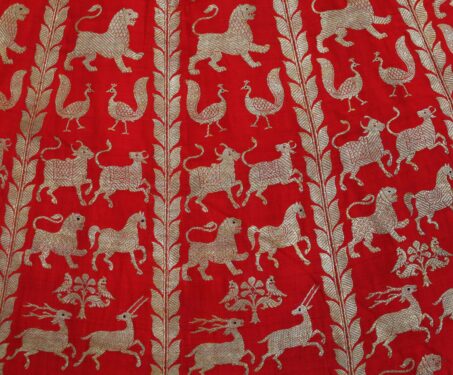
Shilpa Shah of the TAPI Collection shares generous insights—and stunning objects—that tell us a vivid story of Gujarat’s cultural tapestry
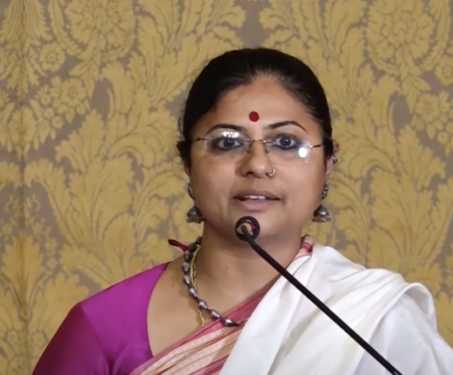
“Ilkal sarees are the most affordable staple wear of the women of North Karnataka and Southern Maharashtra. This heritage weave is now on its way to being recognised nationally.” – Vrunda Sekhar for Sarmaya Talks. Vrunda Sekhar is a handloom specialist from Karnataka. She has been working with weavers in the research, revival and marketing… Read more »
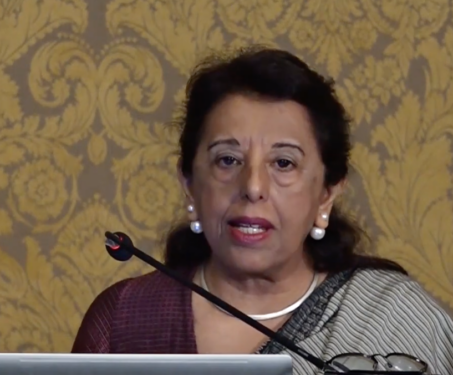
“Through this illustrated talk we will cover the reasons for the deleterious decline of hand-block printing traditions in the 18th Century and their revival and regeneration in the India of today.” – Dr. Ritu Sethi for Sarmaya Talks. Dr Ritu Sethi is the editor of Global InCH, the online international journal of intangible cultural heritage,… Read more »
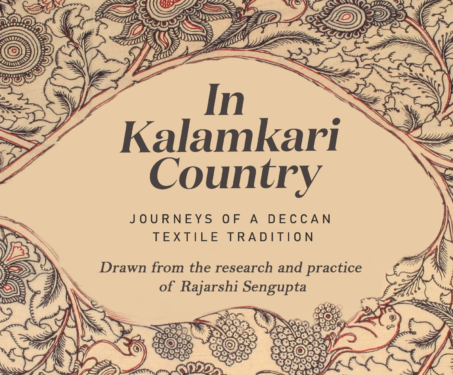
Art historian Rajarshi Sengupta takes us on a tour of south India’s celebrated Kalamkari textile tradition
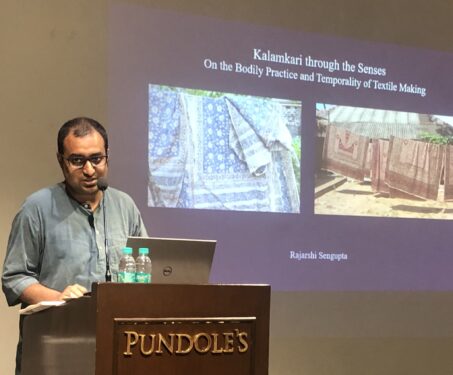
A sensorial account of Kalamkari textiles, the masterfully crafted and brilliantly dyed cottons of southeastern India
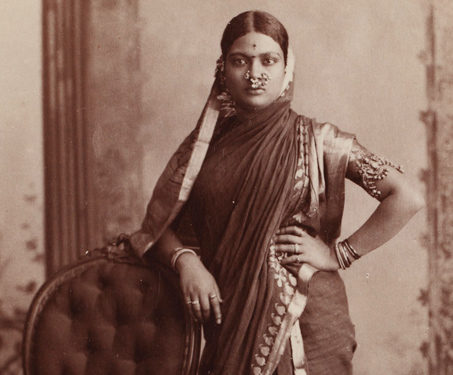
This is a studio photograph of an unidentified woman by an unidentified photographer. Early Indian photography was defined by the gaze of the coloniser. So, these images are accompanied by information meant to serve the British administration in tidily cataloguing by community, profession or faith the diverse populations of the Subcontinent. Towards the end of… Read more »
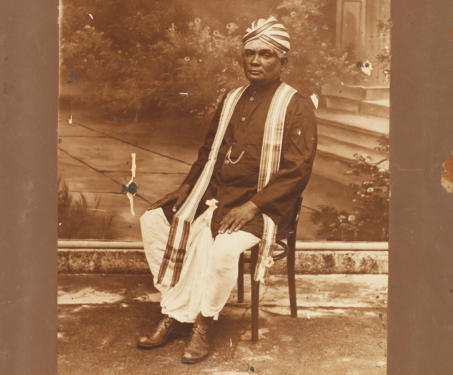
Temple jewellery, Kanjeevaram silks, pure cotton lace and the ever-chic Madras check—come with us on a style journey through the Madras Presidency
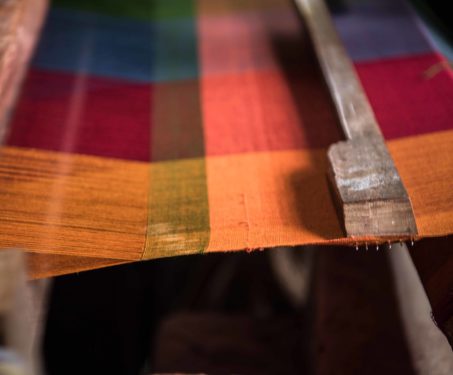
What can a textile tradition tell us about a now-forgotten way of life? We pick the instantly recognisable Chettinad sari and investigate its glorious past and fragile present

Sally Holkar, a Stanford University graduate, discovered Indian handlooms when she married into the Indore royal family, traditional patrons of Maheshwari saree weavers. To further support the community, Sally co-founded REHWA Society, set up the WomenWeave Charitable Trust and established The Handloom School in Maheshwar. Sally has been instrumental in the revival of the Maheshwar… Read more »
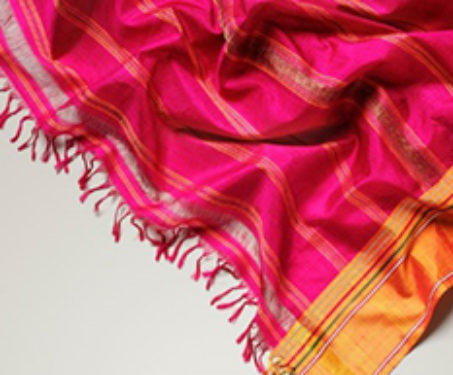
‘Fabric of India’, the blockbuster exhibit of Indian textile traditions first hosted at the V&A Museum in London in 2015-16, is crossing the Atlantic for its American debut later this year
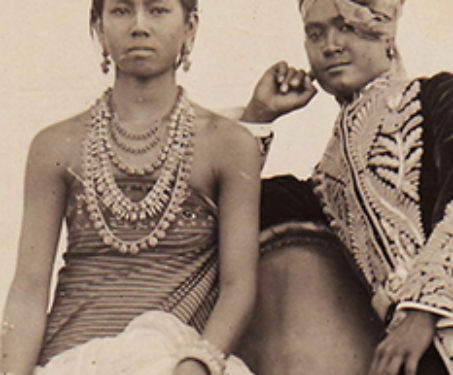
Are you following the intelligent new digital mag of Indian style, Voice of Fashion? We loved their well-researched and stunning narrative of the history behind the Manipuri ceremonial sarong or phanek
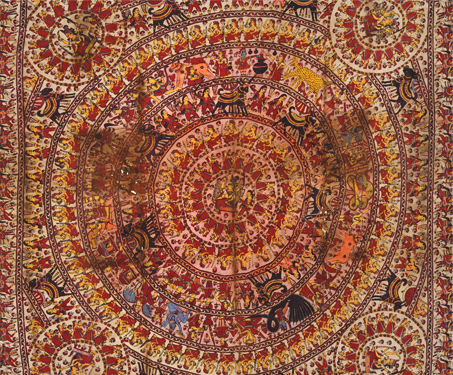
The tradition of Mata ni Pachedis (Gujarati for ‘behind the goddess’) was developed by the nomadic tribe of Vaghris in Gujarat. It is believed that because the tribe was barred from entering village temples, they came up with the ingenious solution of painting the Goddess Durga on a cloth, hanging it at the back of… Read more »